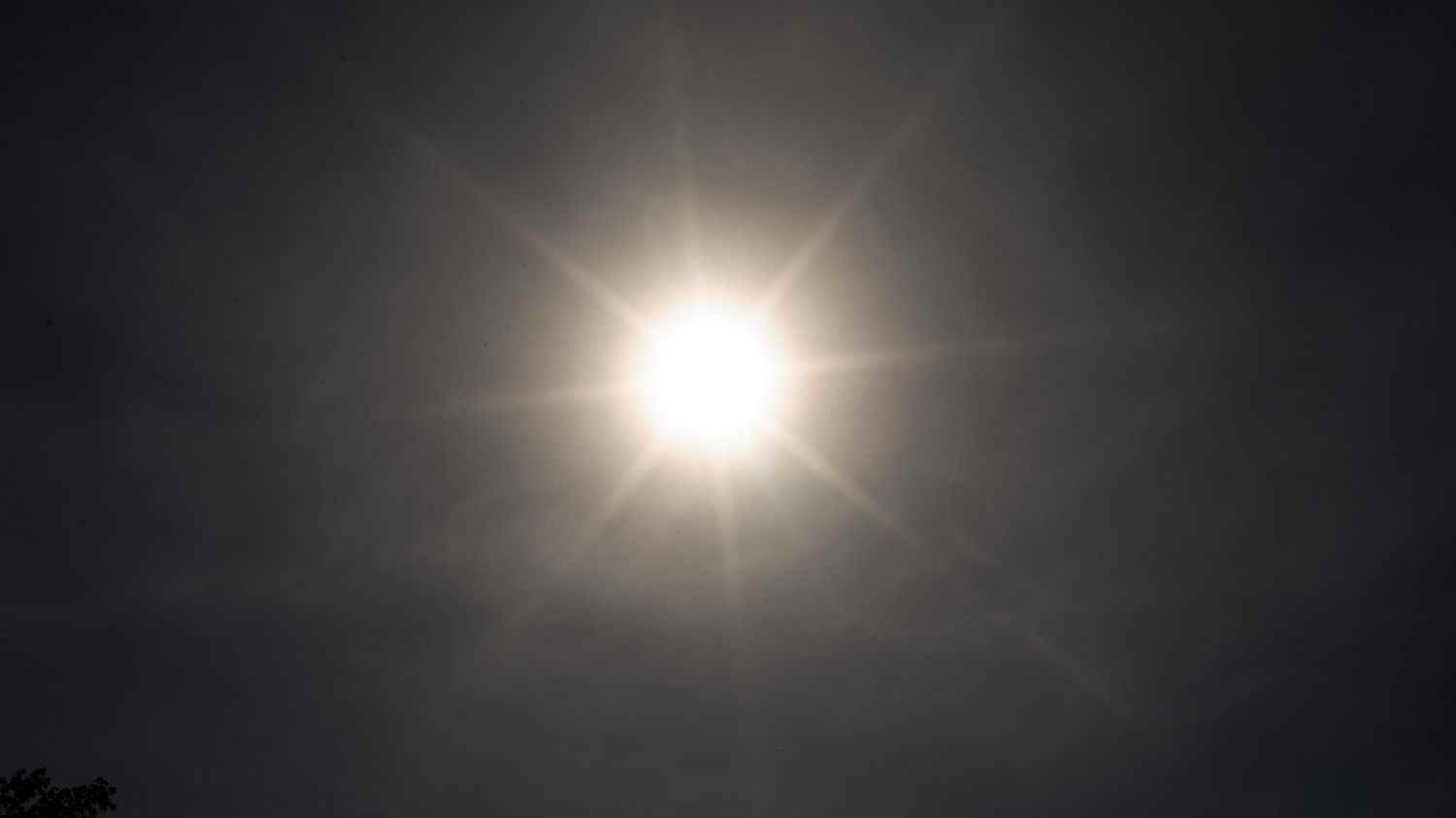Particularly high temperatures for mid-June. If the thermometer has already panicked in Perpignan (Pyrénées-Orientales) on Saturday June 11, reaching a record for the period according to the daily The Independentit should also get carried away across France from Wednesday, with temperatures exceeding 35°C in part of the country.
“A record of precocity”, according to Patrick Galois, forecaster at Météo France, interviewed by franceinfo. The previous records, which date from 2005 and 2017, were recorded from June 18. The multiplication and intensification of heat waves and heat waves are the most obvious manifestations of global warming caused by human activities.
Franceinfo: What are your forecasts for the hot weather expected next week?
Patrick Galois: It is already very hot in the South, where 35°C have been exceeded in the Mediterranean hinterland. These high temperatures will persist in the southern half until Monday or Tuesday, with temperatures that will exceed 30°C, or even locally 35°Cin the Rhône valley and the Provençal hinterland.
It is from Wednesday that the heat will intensify, gaining ground towards the north. It will be a transition day, where it will start to get very hot in the south of the country. It will be easier to reach 35°Cor even we will exceed them in the South-West and the Rhône valley as far as Lyonnais, with possible peaks at 38°C or 39°C. To the north, the 30°C should be reached from Brittany to Alsace via Ile-de-France, with temperatures that may be higher locally.
The heat episode will be particularly intense between Thursday and Saturday in the south of the country. Then he will win the northern half from Friday and the east of the country during the day on Saturday.
How is this episode earlier than those observed previously?
In general, we observe these strong heats in July and August. They are much rarer in June, and when they are, they occur in the last ten days of the month. So if confirmed, this episode will be a record of precocity since those observed previously dated from June 18 (in 2005 and 2017).
Are these high temperatures the result of the same phenomena as those currently observed in the south of France and in Spain?
Yes. There are two phenomena at work. First of all, an anticyclonic ridge which is located at this very moment at the level of the Iberian Peninsula and which will extend into the south of France. It is a kind of mass of hot air which compresses the air towards the ground and favors the rise in temperature.
There will also be a “heat pump” on the edge of a depression currently located on the Azores side. The latter will move closer to Portugal and promote the movement of this hot air bubble, which is currently concentrated in southern Europe, towards northern France from Thursday.
Should we fear a heat wave?
Heat waves may result locally in heat waves, especially in large cities, where there is not as much cooling at night as in the countryside. This is also what makes it possible to define heat wave episodes, when temperatures are high during the day but do not drop sufficiently at night to allow organisms to recover. Heat wave alerts could therefore be triggered in certain departments.
This episode will last three or four days, but it should not register in the duration. Next week’s high temperatures should be followed by a fairly sharp drop in temperatures, either at the very end of the week or at the start of the following week.
Does this mean that there should be thunderstorms, as was the case in late May and early June?
There will undoubtedly be a stormy sequence, before the drop in temperatures, which will have to be specified between Sunday and Monday. But it is still too early to be more precise.
Does this episode of high heat presage a particularly hot summer?
Statistically, there is no link between the weather observed in spring and the following summer. For example, spring 2011, which was the hottest spring on record, was not followed by a remarkably hot summer.
What we can say, however, is that the seasonal forecasts point to a probability of having a warmer than normal summer in the south of France. But this does not necessarily have a direct link or cause and effect with the temperatures recorded in the spring.
